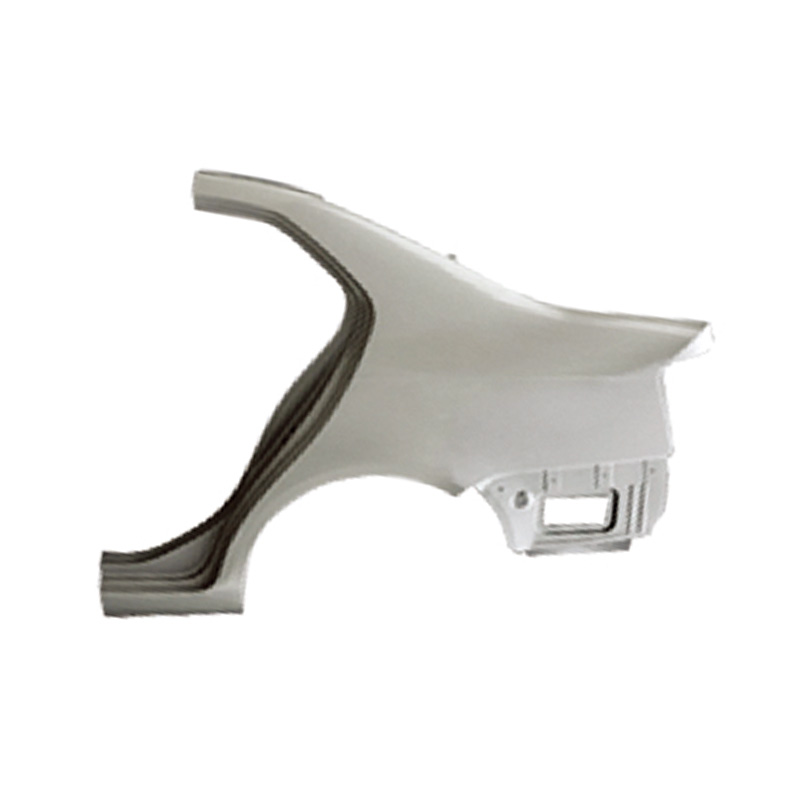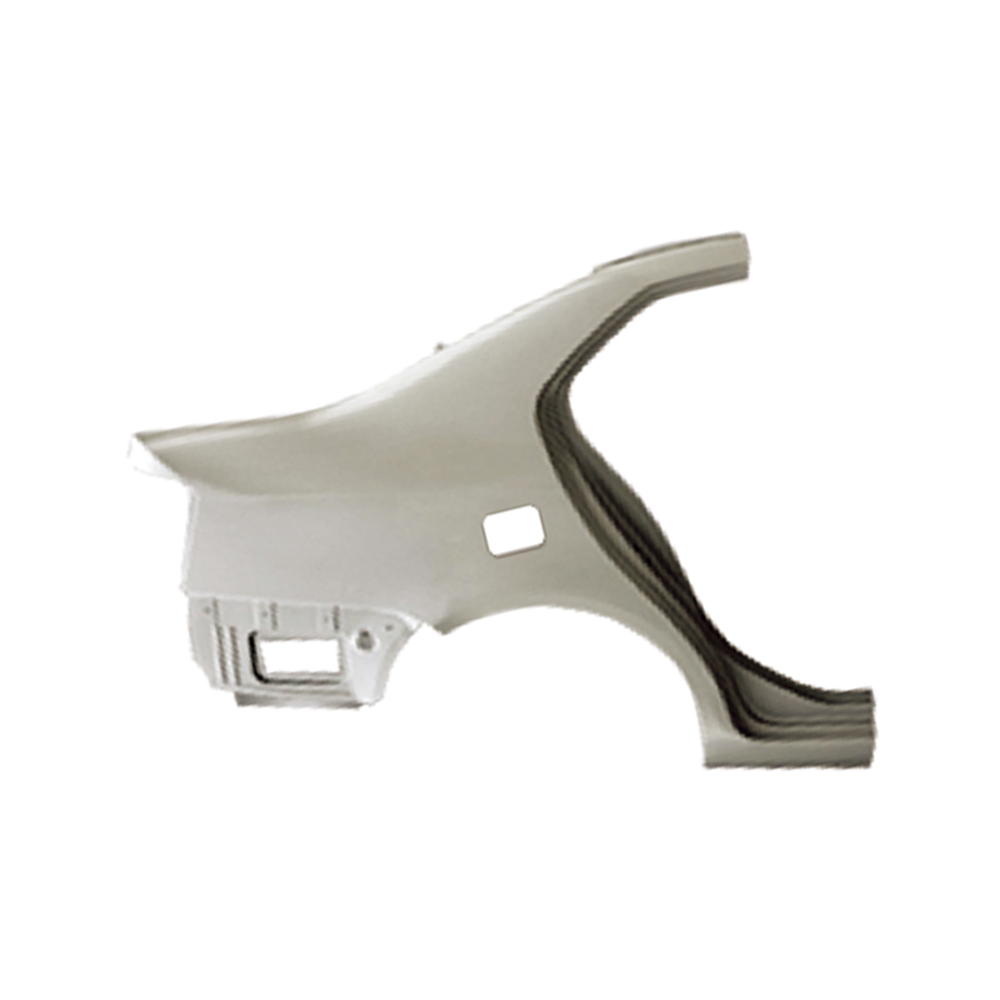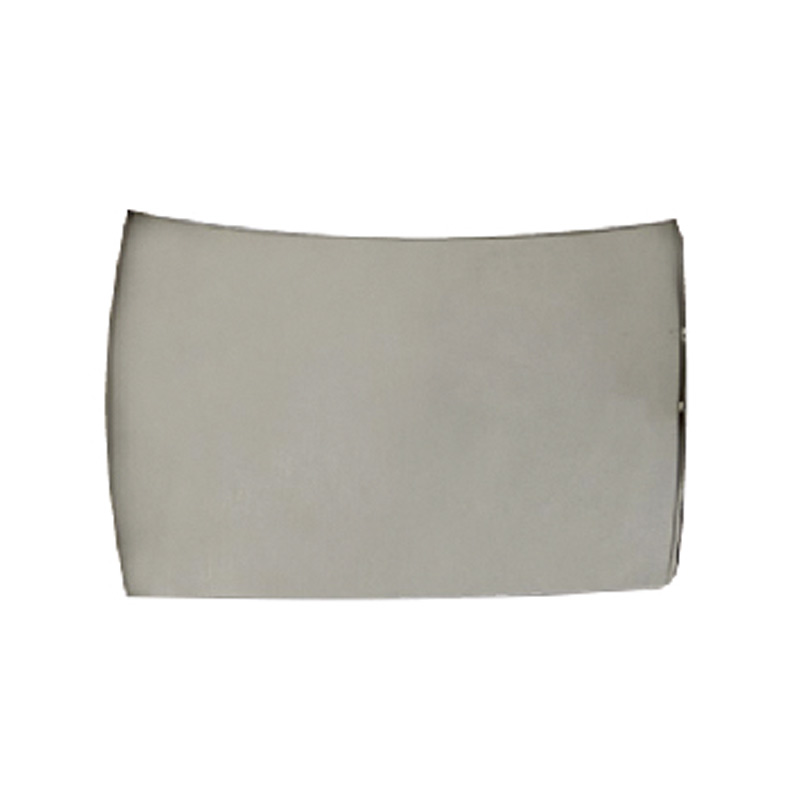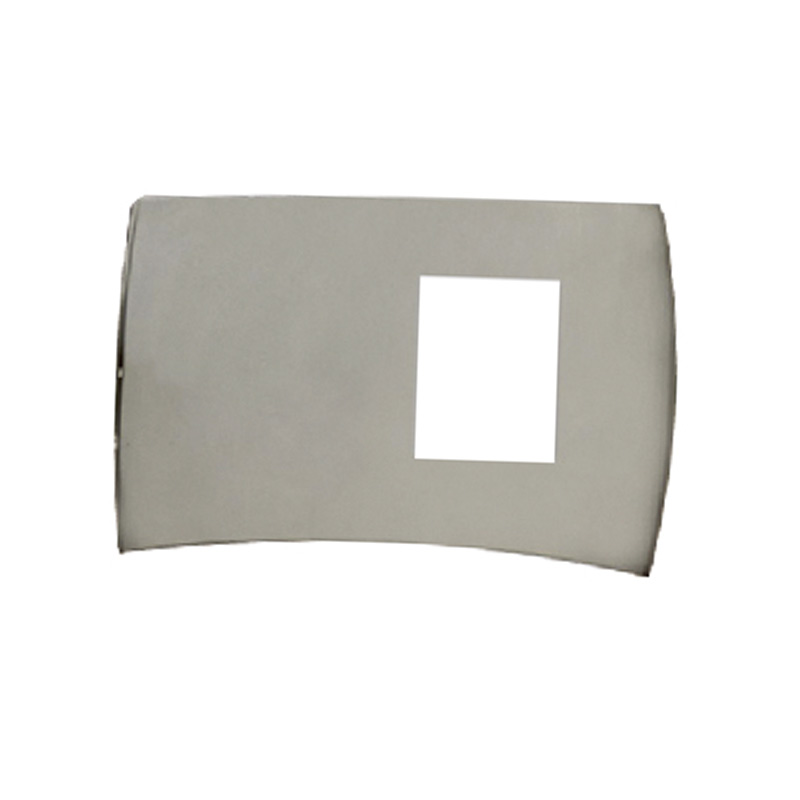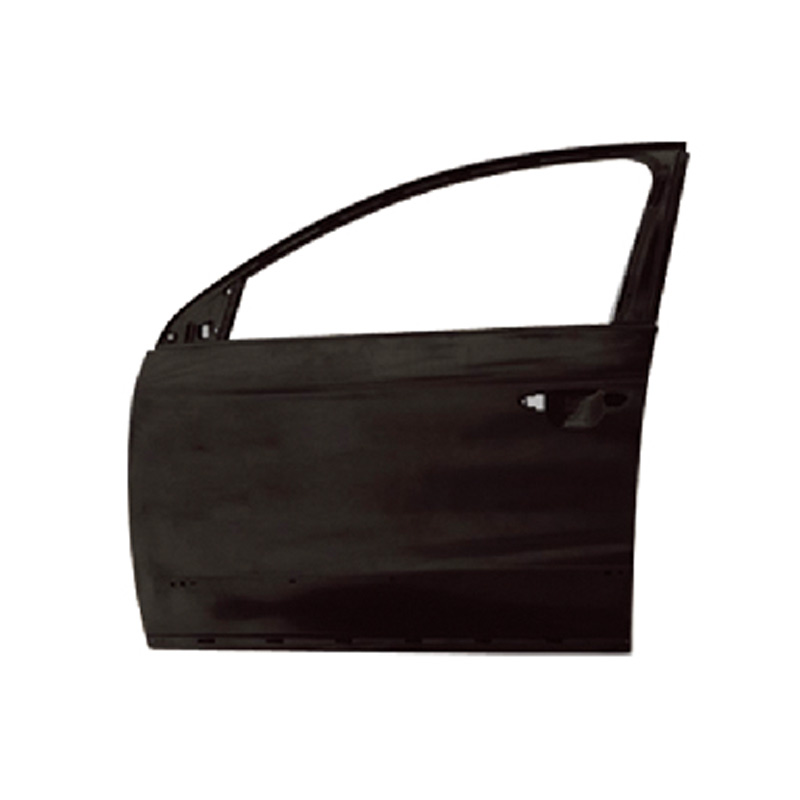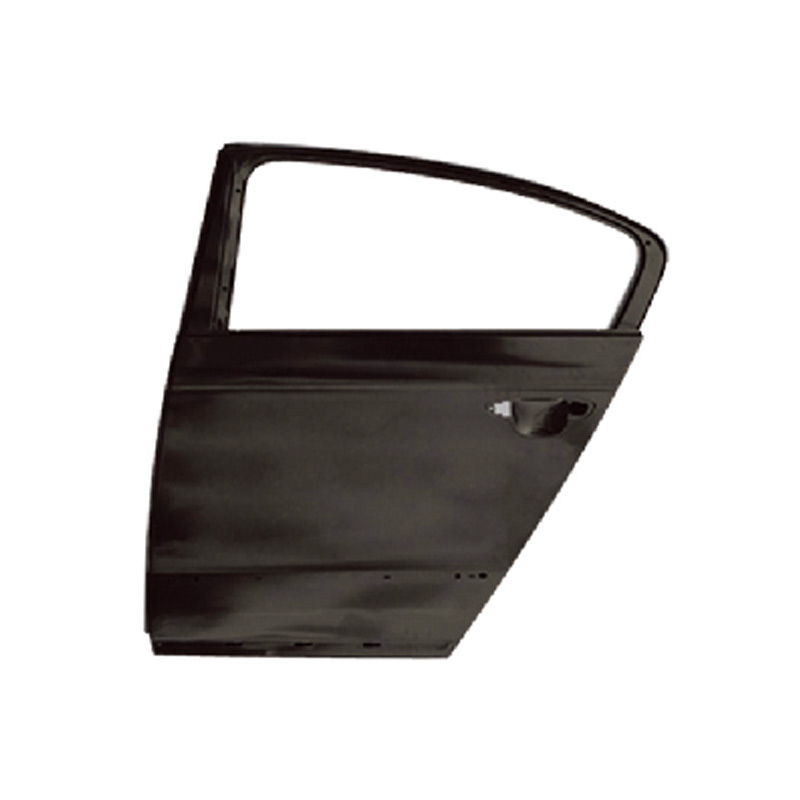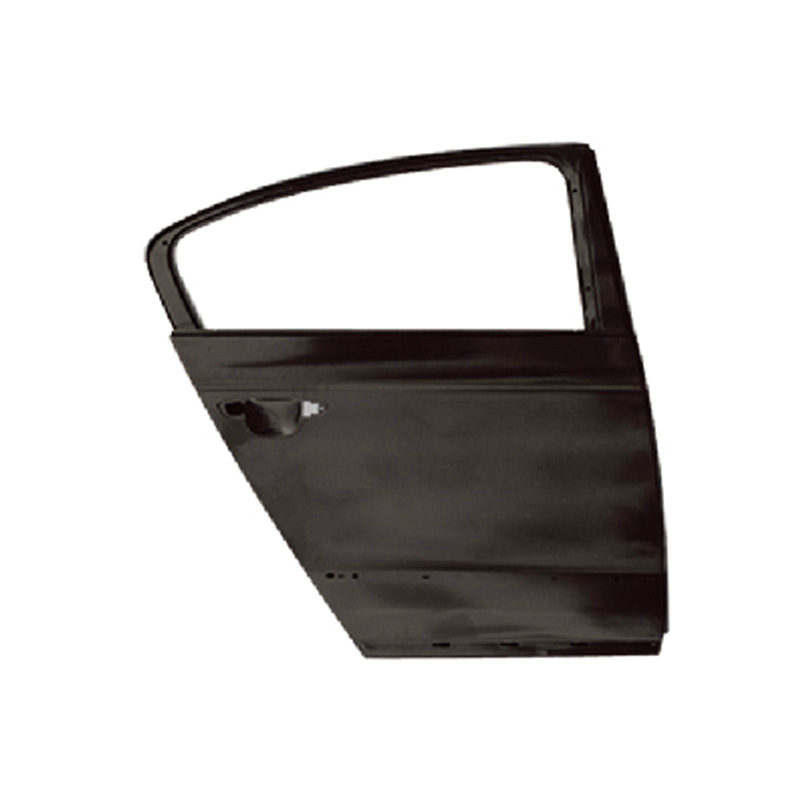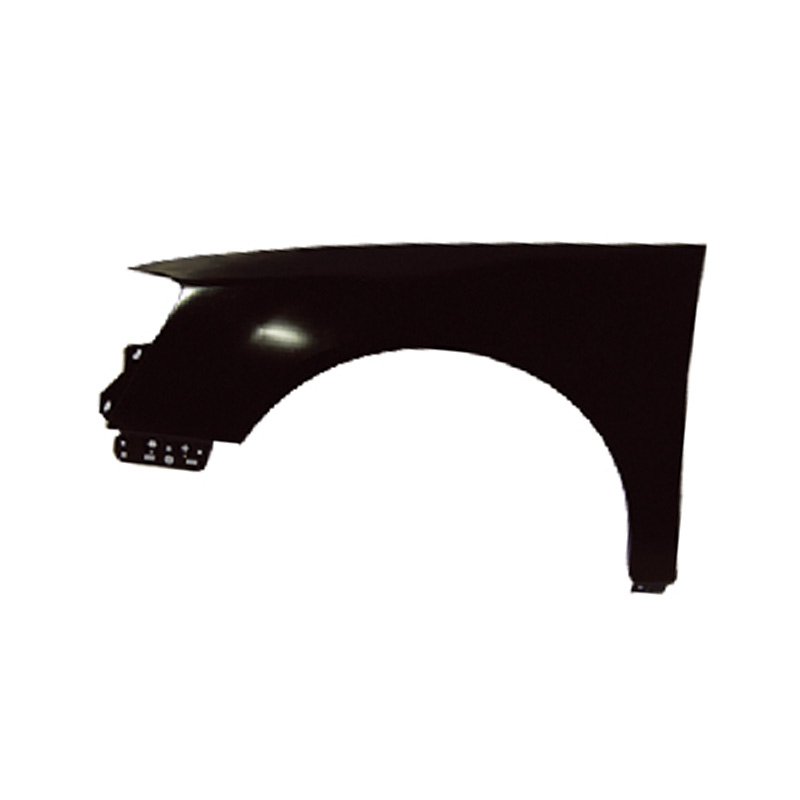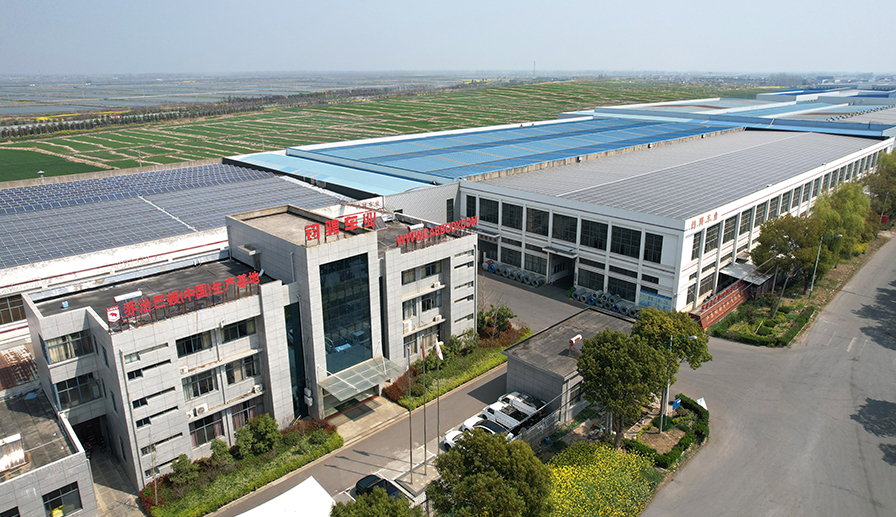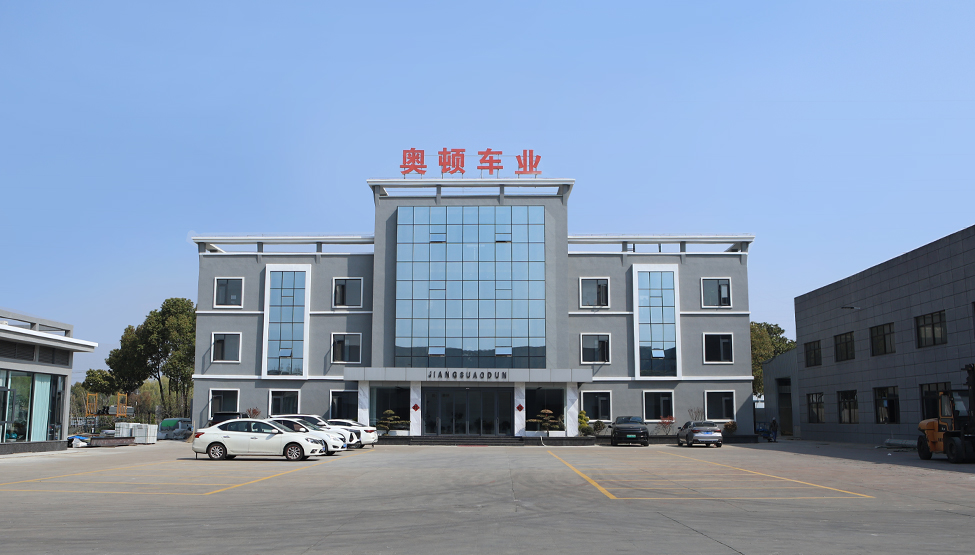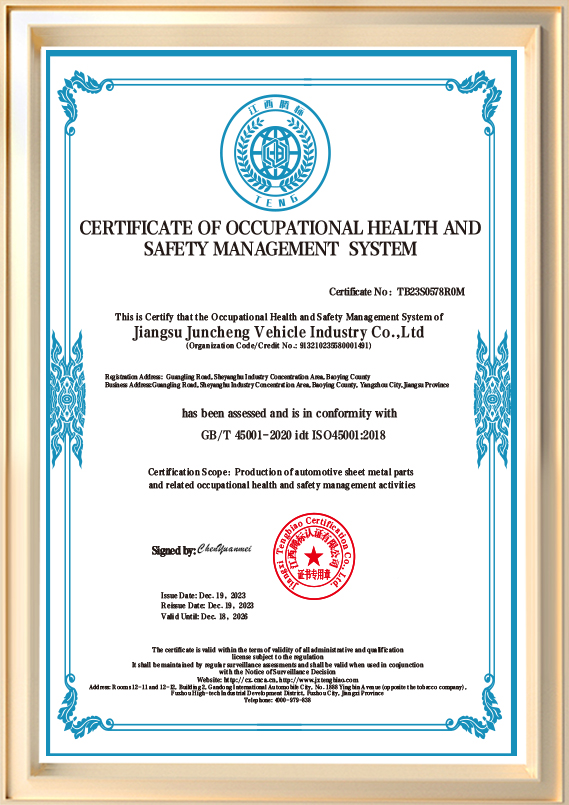Does the production of Volkswagen Parts employ advanced manufacturing processes such as laser cutting, CNC stamping, or robotic welding? How do these technologies improve production accuracy and efficiency?
In the production of Volkswagen Parts, Volkswagen employs a wide range of advanced manufacturing processes to ensure high quality, precision, and efficiency, especially for sheet metal parts.
Laser Cutting: Laser cutting technology is widely used in the production of Volkswagen Parts, particularly in the initial forming process of sheet metal parts. Compared to traditional mechanical cutting methods, laser cutting offers higher cutting accuracy and less thermal deformation, enabling the cutting of complex shapes and thinner materials while reducing waste. The high precision and flexibility of laser cutting allows for more precise control over details during production, thereby improving the quality and consistency of the final parts.
CNC Stamping: In mass production, CNC stamping technology plays a crucial role in the production of Volkswagen Parts sheet metal parts. By using CNC stamping machines, metal sheets can be precisely stamped, with shapes and dimensions controlled precisely by computer programs. This technology not only improves production efficiency and shortens manufacturing cycles but also reduces human error, ensuring high consistency across every component in mass production.
Robotic Welding: To improve welding accuracy and production efficiency, Volkswagen Parts extensively utilizes robotic welding technology in its production. Robots perform high-precision, high-speed welding operations, ensuring the quality of each weld point. Especially in the welding of body panels, automated welding systems precisely control welding parameters such as current, speed, and angle, ensuring the uniformity and strength of the weld seam. Through robotic welding, Volkswagen can ensure both high efficiency and component consistency and strength.
Overall Advantages: These advanced manufacturing processes not only improve production accuracy and efficiency but also reduce labor costs and error rates in the production process. Laser cutting and CNC stamping technologies ensure high-precision forming, while robotic welding enhances the strength and precision of body panels, enabling Volkswagen Parts to meet stringent quality standards in the global market.
What technologies does Volkswagen Parts employ for corrosion protection?
Corrosion protection is crucial for ensuring the longevity and reliability of Volkswagen Parts. To this end, Volkswagen employs a variety of advanced corrosion protection technologies in the production of sheet metal and body parts, particularly for body shells, chassis, and other exposed metal components.
Hot-Dip Galvanizing: Hot-dip galvanizing is a common and effective corrosion protection method widely used in the production of Volkswagen Parts. By immersing metal parts in a bath of molten zinc, a robust zinc coating is formed, significantly improving the corrosion resistance of the parts. This zinc layer provides a physical barrier for the sheet metal, effectively preventing the corrosion of the metal by moisture, salt, and oxygen, making it particularly suitable for metal components on the exterior of the vehicle body.
Electrophoretic Coating (E-Coating): Electrophoretic coating is an environmentally friendly and efficient coating method used to improve the corrosion resistance of metal parts in Volkswagen Parts. This technology uses an electric current to uniformly deposit coating onto the surface of the parts, forming an anti-corrosion coating. Compared to traditional spraying methods, electrophoretic coating can cover hard-to-reach areas of the parts, and the coating is uniform, has strong adhesion, and provides long-term protection.
Cathodic Electrocoating: As a variation of electrophoretic coating, cathodic electrocoating plays a key role in the corrosion protection of Volkswagen Parts. This technology uses an electrophoretic coating to form a chemical reaction with the surface of the parts, providing high corrosion resistance, especially in areas such as the automotive chassis, effectively resisting the erosion of salt spray and other corrosive substances.
Aluminum Alloy Corrosion Protection Technology: For some lightweight metal parts, such as doors and hoods, Volkswagen Parts may use aluminum alloy materials. Aluminum alloys are not only lightweight but also naturally possess excellent corrosion resistance. Through alloying and surface anodizing, the corrosion resistance of aluminum components is further enhanced.
Closed-loop corrosion protection: For the seams between the body and chassis of Volkswagen Parts, Volkswagen typically uses specialized sealants and corrosion inhibitors to fill them. This effectively prevents moisture and impurities from penetrating the seams, preventing corrosion and rust.
These corrosion protection technologies ensure the durability of Volkswagen Parts, allowing components to maintain their performance and appearance for extended periods, even in humid, salt spray, or extreme climates.
Does Volkswagen Parts consider adaptability to different climatic conditions?
In the global market, Volkswagen Parts needs to meet the usage requirements of various climatic conditions, including cold Northern Europe, humid tropical regions, and hot desert environments. To ensure the reliability and durability of Volkswagen Parts in different regions, Volkswagen has adopted various climate adaptability measures in its design and production processes. Especially in the context of globalized production and localized needs, the technical support from Jiangsu Juncheng Vehicle Industry Co., Ltd. and Topnault Classic Auto Parts also provides strong assurance for the adaptability of parts.
Cold Climate Adaptability: Regarding cold climate adaptability, Volkswagen Parts has specifically considered the impact of low temperatures on the vehicle body and components. To ensure the normal operation of vehicles in extremely cold weather, especially in cold regions such as Northern Europe and Canada, Volkswagen uses high-strength steel and aluminum alloy materials resistant to low temperatures. Through customized mold production provided by Jiangsu Juncheng Vehicle Industry Co., Ltd., Volkswagen Parts can precisely control the thickness and strength of metal parts to ensure resistance to brittleness at low temperatures.
Furthermore, Topnault Classic Auto Parts's classic car restoration services and small-batch custom stamping technology pay special attention to enhancing the cold resistance of metal parts when restoring classic models. For sheet metal parts of some older Volkswagen models, Topnault ensures, through personalized customization services, that the parts used in the restoration process have excellent low-temperature resistance, especially in critical body and chassis sections.
Tropical and Humid Climate Adaptability: In tropical and humid climates, automotive parts often face higher risks of humidity and corrosion. Volkswagen Parts employs various anti-corrosion technologies, such as hot-dip galvanizing and electrophoretic coating, which effectively prevent sheet metal parts from rusting and corroding. Furthermore, Jiangsu Juncheng Vehicle Industry Co., Ltd.'s mold technology ensures that the produced parts not only meet stringent dimensional and quality requirements but also effectively support their long-term durability in humid climates.
For hot and humid climates, Volkswagen Parts places particular emphasis on using aluminum alloys for its metal parts, as aluminum alloys possess strong corrosion resistance and can withstand environments with high humidity and salt spray. In this regard, Topnault Classic Auto Parts also pays special attention to the corrosion resistance of original parts in the restoration of classic models, especially in the design and restoration of components such as the body and exhaust system, ensuring that the metal parts used can resist corrosion problems caused by moisture and salt spray.
High Temperature and Desert Climate Adaptability: For desert or extremely high temperature environments, Volkswagen Parts' production places particular emphasis on the thermal management design of metal parts. In such environments, metal parts not only need to possess high strength but also be able to withstand changes in high temperature without deformation. Volkswagen Parts utilizes high-temperature, heat-resistant materials in its sheet metal component design, coupled with advanced heat treatment processes, to ensure the stability of the vehicle body structure in high-temperature environments.
For example, in the design of the body frame and engine components, Volkswagen Parts uses aluminum alloys and high-strength steel, making them particularly suitable for use in desert regions and high-temperature weather. In these high-temperature areas, vehicles often face strong ultraviolet radiation and extreme temperature changes. Topnault Classic Auto Parts, during the restoration of classic vehicles, also specifically selects high-temperature resistant alloy materials when providing small-batch customized sheet metal parts to ensure their long-term use in desert and extremely hot climates, preventing component aging and damage.
Global Climate Adaptability and Localized Production: As a global automaker, Volkswagen Parts has achieved a high degree of integration between global and local production processes. In its collaboration with Jiangsu Juncheng Vehicle Industry Co., Ltd., it has adopted customized solutions, particularly in the mold design and production of sheet metal components, to meet local climate requirements. For example, Volkswagen Parts has optimized its corrosion protection technology for the hot and humid climate of the Asian market, using protective coatings and materials more suitable for humid regions. Meanwhile, in high-temperature climates, to meet the needs of the Middle East and North Africa, Volkswagen uses custom molds from Jiangsu Juncheng Vehicle Industry Co., Ltd. to produce high-temperature resistant body parts, ensuring these components continue to function reliably under extreme conditions.
Topnault Classic Auto Parts focuses on providing custom sheet metal parts that meet original factory standards in the field of classic car restoration, especially offering tailored solutions for the restoration of vintage car parts in different regional climates. In this way, whether restoring classic Volkswagen models or modern Volkswagen Parts, it ensures that parts perform optimally in any climate.


